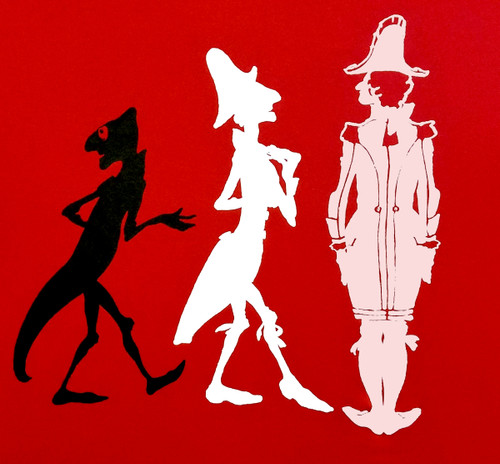FEATURES
7043 Guardian Gray™ blocks dye migration on problem fabrics that contain polyester, including sublimated dyed fabrics.
7043 Guardian Gray™ can take a variety of top coats depending on application; from low cure products to regular temperature curing products.
7043 Guardian Gray™ offers superior bleed resistant properties, but on some problem fabrics it may be possible for bleeding or dye migration to occur.
SPOT FLASHING
7043 Guardian Gray™ will spot dry, with a very low after ash tack. Dwell time is dependent on the spot dryer used. In some cases, you may have to lower the heat of the spot cure unit because too much heat may actually make the ink tacky. When you spot dry, you are only partially fusing or gelling the surface of the ink. The ink should be just dry to the touch, with no lift-o , but not totally fused. Totally fusing the underprint may cause inter-coat adhesion problems with the inks printed on top. Final fusing or curing should occur in the dryer.
IMPORTANT INFORMATION
Always test for possible dye migration before beginning a production run. Bleeding or dye migration may not occur right away.
It is very important that 7043 Guardian Gray™ be exactly registered with any white or other color that is printed on top of the Guardian Gray™ in order to help insure maximum bleed resistance of the top color. If the color printed on top of Guardian Gray™ overlaps the Guardian GrayTM in any spot, that spot may show bleeding or dye migration.
Adding any reducers or additives can lower the bleed resistance, opacity or increase cure times of ink. STIR the ink prior to printing on press and after addition of reducers or additives.
Test dryer temperatures and wash test printed product before and during a production run.
NOTE: FOR BEST RESULTS
For best print and blocking results, print two passes of 7043 Guardian Gray™ through a 110 mesh screen. Then in sequence, Print-Flash-Print-Top Coat using a low bleed white ink or other type of low bleed performance ink.













